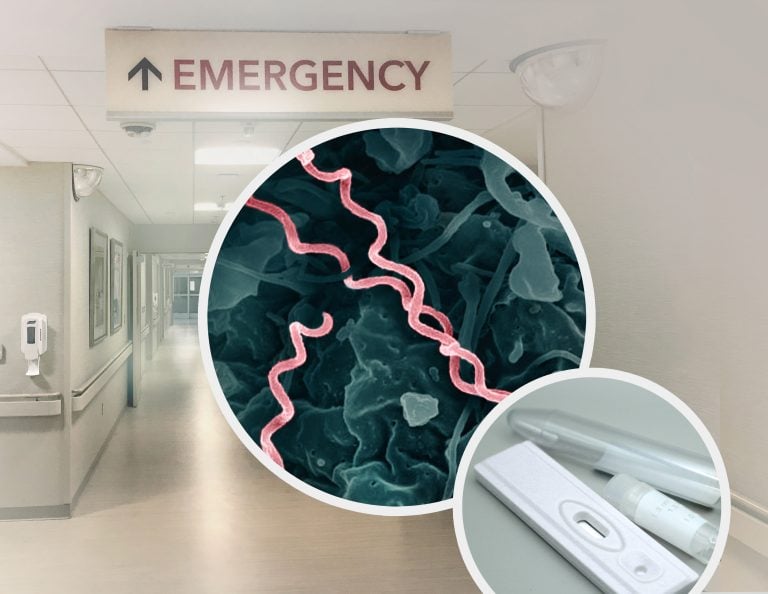A groundbreaking NIH-supported study exposes a staggering increase in syphilis cases, primarily among asymptomatic individuals, highlighting the need for improved diagnosis strategies.
The Alarming Rise of Syphilis
Between 2018 and 2022, adult and congenital syphilis cases skyrocketed by 80% and 183%, respectively, according to the CDC.
The Game-Changing Screening Strategy
Researchers at the University of Chicago introduced an innovative opt-out syphilis testing approach in a large emergency department, yielding dramatic results:
- Increased screening: Syphilis testing jumped from 3.6% to 24.4% among 299,651 emergency department encounters.
- More diagnoses: Presumed active syphilis infections rose from 161 to 624.
- Pregnant individuals: Screening increased from 5.9% to 49.9%, with confirmed diagnoses rising from 2 to 15.
Key Findings
- Asymptomatic cases: Most people diagnosed had no symptoms, emphasizing the limitations of symptom-based testing.
- Concurrent HIV diagnoses: Increased from 7 to 24 without additional HIV testing interventions.
- Healthcare gaps: Optional emergency department screening can help bridge diagnosis and treatment gaps, particularly for high-risk populations.
Expert Insights
“Optional emergency department screening could help close current healthcare gaps in syphilis diagnosis and treatment.” – Study authors
Future Directions
- Improved diagnosis strategies: Develop optimal models for syphilis screening, particularly for preventing congenital syphilis.
- Increased access: Expand screening to high-incidence populations and those with limited healthcare access.
Stay Informed
Subscribe to our blog for the latest updates on public health breakthroughs and research advancements.
Share Your Thoughts
How can we address the growing syphilis epidemic? Join the conversation in the comments below!

















